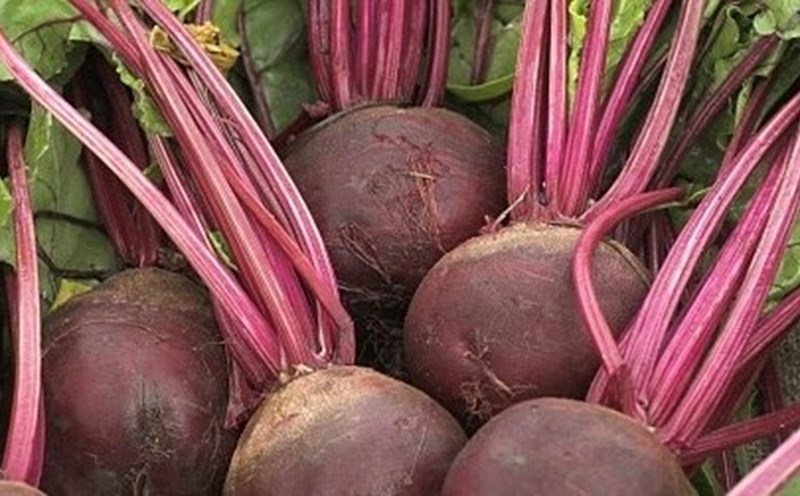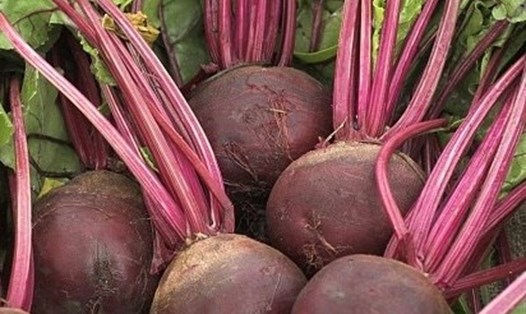Sweet potato leaves contain a significant amount of potassium, an essential mineral that helps excrete sodium in the urine and dilate blood vessels, thereby reducing blood pressure.
The World Health Organization (WHO) recommends increasing potassium intake from foods such as vegetables and fruits to reduce blood pressure and cardiovascular risk.
Supplementing leafy vegetables rich in potassium such as sweet potato leaves is a natural and easy way to get closer to this recommended level.
In addition to potassium, sweet potato leaves are rich in magnesium, fiber and polyphenols (including chlorogenic acid and anthocyanin in some varieties), compounds with antioxidant and anti-inflammatory properties.
Scientific analysis shows that polyphenols in sweet potato leaves help reduce oxidative stress and improve blood vessel function, an important mechanism contributing to lowering blood pressure.
Many studies in vitro and in animals show that sweet potato leaves or purple sweet potato leaves contain anthocyanins that can reduce inflammation markers, reduce blood lipids and improve oxidative index, indirect factors that benefit blood pressure.
For example, studies on purple sweet potato extraction have recorded a decrease in some oxidative stress indicators and tissue damage markers; some pre-clinical studies have also reported the effectiveness of lowering blood pressure in animal models.
However, direct evidence in humans is still limited and large, long-term clinical trials are needed to confirm effectiveness.
Importantly, there is general evidence from epidemiological research that consuming a lot of vegetables, fruits, potassium and antioxidants is associated with a reduced risk of high blood pressure.
Sweet potato leaves should be boiled lightly, avoid cooking for too long: to retain potassium, vitamins and polyphenols; boil or stir-fry lightly with less oil, avoid frying for a long time.
Combined with a low-salt meal: sweet potato leaves help detoxify sodium but are only really beneficial when reducing overall salt consumption.
Eat regularly but moderately: 1-2 bowls of sweet potato leaves (cooked) for a few meals a week is reasonable for a varied diet.
Combine with foods rich in magnesium and calcium (low-fat milk, beans, nuts) to increase the effectiveness of controlling blood pressure.
People with kidney failure or on a potassium diet need to be careful because leafy vegetables rich in potassium can increase blood potassium, a dangerous condition if the kidneys do not excrete well.
If you have chronic kidney disease, are taking ACE/ARB inhibitors or potassium-containing diuretic, consult your doctor before increasing your intake of potassium-rich vegetables.











